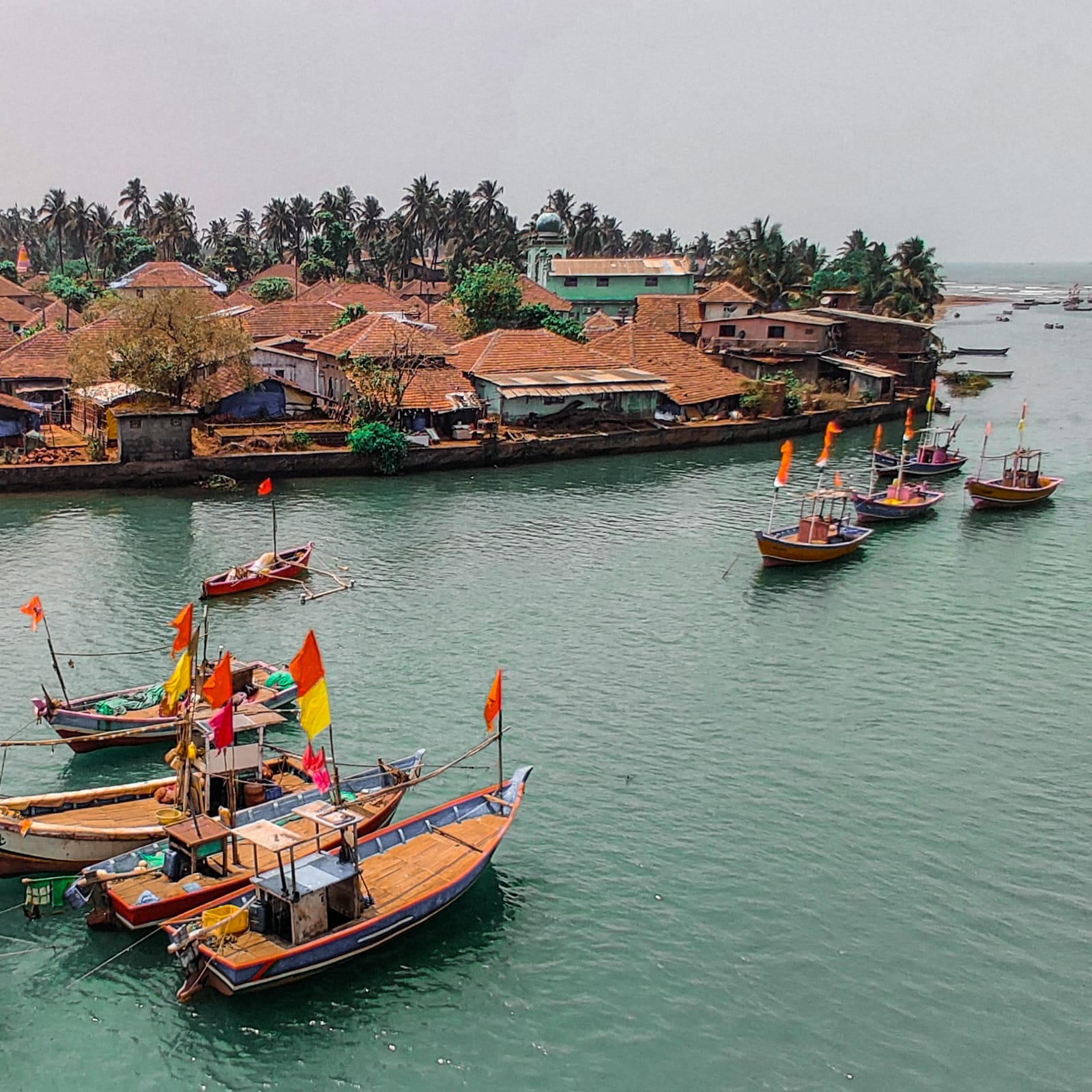
Have questions? Speak to our expert Trek Advisors
Trek Difficulty
Easy
Trek Duration
4 Days
Highest Altitude
N/A
Suitable For
3 YEAR ABOVE
Total Trek Distance
200 km
Basecamp
N/A
Accommodation
Mixed
Meeting Point
N/A
Reporting Time
N/A
Note
N/A
Offloading
Not Available
Trek Fee
₹11,025/- (including GST)
EX. Valsad to Valsad
Loading rental items...
Select Number of Seats
1
SELECT DATE TO REGISTER
No scheduled dates available yet.
Anjarle Turtle Festival
Anjarle Turtle Festival: A Celebration of Nature's Wonders and Conservation Efforts
Anjarle is a village in the Ratnagiri district of Maharashtra, located about 200 km from Pune. This village is well-known for its beautiful beaches and an exciting event called the Turtle Festival, which the people of Anjarle organise. Each year, thousands of female Olive Ridley sea turtles make a remarkable journey back to the shores of India and Sri Lanka, returning to the very beach where they hatched 15-20 years ago. It's a bit of a mystery to scientists how these turtles know exactly where to return, but they manage to find the same beach to lay their eggs.
The Turtle Festival is not about showing off these beach turtles. The Olive Ridley sea turtles are safeguarded by international agreements like the 'Migratory Species Convention' and CITES (Convention of International Trade in Endangered Species of Wild Fauna and Flora). India has pledged to uphold these agreements. The unique 'Homing' ability of Ridley sea turtles makes them more at risk of harm in large numbers. Currently, Olive Ridley turtles are classified as 'vulnerable' and are considered endangered. One of the reasons for their declining population is the threat of destruction or being eaten by predators.
The Anjarle Turtle Festival is a local initiative to protect these turtles from harm. The project focuses on preserving the Olive Ridley sea turtle population by carefully collecting their eggs along the coast. After 45-60 days, they successfully release the hatched baby turtles into the sea in a phased manner, ensuring a better chance of survival for these fantastic creatures.
Remember that the hatchlings are only taken for release when they are fully ready, making it a completely natural event. It's important to note that we cannot guarantee how many hatchlings you will be able to witness entering the sea. During our trip, we plan to visit the release site three times: on the morning and evening of day two and the morning of day 3. This schedule is designed to increase our chances of observing the baby turtles as they poke their heads out of the sand and take their first breath of the fresh, salty sea air.
Quick Itinerary
Day 1: NONE
NONE
Photo Gallery of Anjarle Turtle Festival
Grand Total
₹11,025
